Cybersecurity is now a major worry for people, businesses, and governments all around the world as the digital landscape continues to change at an unprecedented rate. Strong cybersecurity measures are essential in light of the growing sophistication of cyber threats, which range from phishing scams and distributed denial-of-service (DDoS) attacks to ransomware attacks and data breaches. As a result, the discipline of cybersecurity has made tremendous strides, propelled by advancements in technology, raised consciousness, and an increasing understanding of the importance of protecting digital assets. This article examines some of the most significant developments in cybersecurity, illuminating the tools, approaches, and methods influencing the direction of digital defense in the future.
1. Artificial Intelligence and Machine Learning
Technology that combines machine learning (ML) and artificial intelligence (AI) is one of the most revolutionary advances in cybersecurity. Real-time cyber threat detection, analysis, and response are achieved through the use of AI and ML. Conventional cybersecurity techniques frequently depended on detection techniques based on signatures, which were limited to identifying known threats. Nevertheless, cybersecurity systems can already identify trends and abnormalities that can point to novel, unidentified risks thanks to AI and ML.
AI-driven cybersecurity solutions enable faster threat identification and response because they can handle enormous volumes of data at speeds well above human capacity. By continuously enhancing their capacity to recognize and avert future threats, machine learning algorithms are able to learn from previous mistakes. These technologies are being used, for example, to recognize and prevent phishing attempts, find malware, and even anticipate certain weaknesses before they are taken advantage of. Automation of these procedures is essential in a setting where cyberthreats are ever-changing.
2. Zero Trust Architecture
The conventional method of approaching cybersecurity has frequently been perimeter-based, presuming that internal traffic is safe and external dangers are found outside the network of the company. But in a world where breaches can occur from within and where cloud computing and remote labor are becoming more and more common, this paradigm has shown itself to be insufficient. The “Zero Trust” architecture has become popular as a result.
The foundation of Zero Trust is the tenet “never trust, always verify.” It is predicated on the idea that any attempt, internal or external, to gain access to a company’s network is potentially dangerous and needs to be verified before authorization is given. This strategy makes use of micro-segmentation, continuous monitoring, and multi-factor authentication (MFA) to make sure users only have the appropriate amount of access. Organizations can improve their overall security posture and drastically lower the danger of attackers moving laterally by deploying Zero Trust.
3. Quantum Cryptography
Cybersecurity faces both opportunities and challenges as quantum computing technology develops. Traditional encryption techniques could be broken by quantum computers, which would be extremely dangerous for data security. Quantum cryptography, on the other hand, provides a defense against this danger. One of the most promising uses is Quantum Key Distribution (QKD), a method that safely distributes encryption keys by utilizing the ideas of quantum physics.
With QKD, you can be sure that any attempt to intercept or tamper with the keys will be quickly discovered, offering an impenetrable level of protection. Even while quantum cryptography is still in its infancy, it already represents a significant advancement in protecting data from future threats, especially in industries like government, healthcare, and finance that demand the highest levels of secrecy.
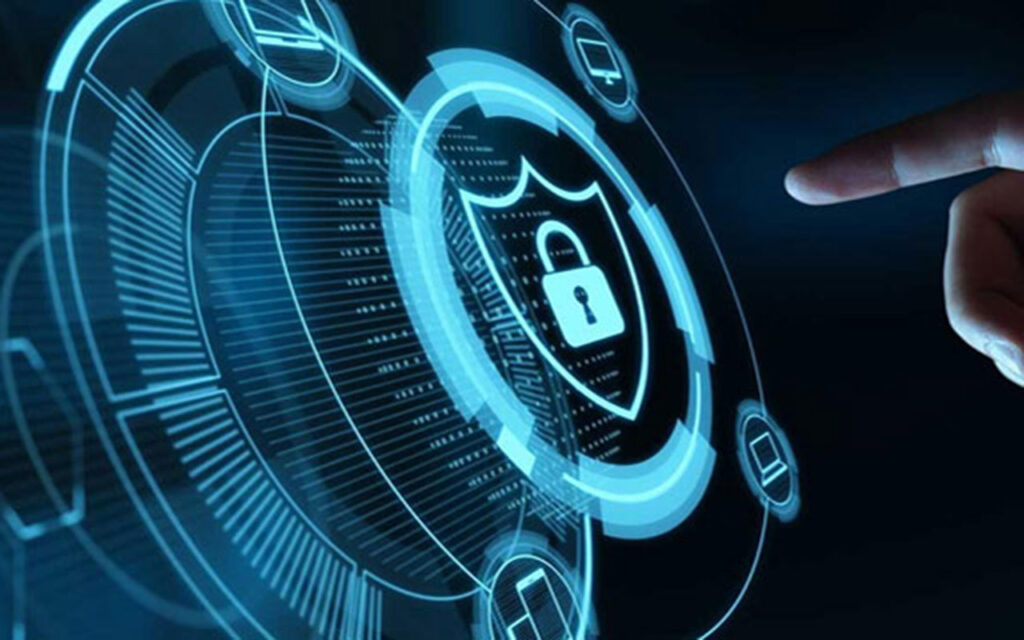
4. Blockchain Technology
Although it is most recognized for serving as the basis for cryptocurrencies like Bitcoin, blockchain technology has also shown promise in the field of cybersecurity. Blockchain technology’s decentralized and immutable properties make it the perfect answer for improving security across a range of industries. Blockchain technology, for example, can be used to safeguard Internet of Things (IoT) networks by offering a visible and unchangeable ledger of all device interactions.
Furthermore, by decentralizing the storage of private data, blockchain can aid in the prevention of data breaches. Blockchain disperses data throughout a network of nodes, making it far more difficult for hackers to corrupt the system as a whole than traditional databases, which are frequently centralized and open to attacks. Additionally, this technology provides novel approaches to data integrity assurance, access control management, and digital identity security.
5. Advanced Threat Intelligence
The use of threat intelligence is now essential to contemporary cybersecurity tactics. It entails gathering, examining, and disseminating data regarding possible dangers in order to foresee and lessen cyberattacks. The most recent developments in threat intelligence involve the analysis of enormous datasets from many sources, such as hacker networks, dark web forums, and real-time threat feeds, using AI and ML.
With the use of these insights, companies may better anticipate new risks, comprehend the tactics used by attackers, and adjust their defenses as necessary. Platforms for advanced threat intelligence also encourage information sharing and collaboration between businesses, which is essential for thwarting complex, widespread cyberattacks. Organizations may more efficiently detect trends, exchange best practices, and counter cyberattacks by combining their resources and expertise.
6. Biometric Authentication
There has been a noticeable move toward biometric authentication as hackers continue to create increasingly complex techniques for obtaining credentials and passwords. Enhanced security is offered by biometric techniques like voice, facial, and fingerprint recognition, which are more secure than typical passwords that are readily cracked, lost, or hacked.
Biometric authentication is based on distinct biological traits that are hard to fake or duplicate. It is becoming more and more incorporated into a variety of gadgets, such as access control systems, secure facilities, and cellphones and laptops. Biometric data offers a good barrier against many types of cyberattacks, especially those that rely on brute-force attacks or credential theft, even though it still has to be protected against theft.
7. Secure Access Service Edge (SASE)
With the development of mobile devices, cloud computing, and remote work, traditional network perimeters are essentially out of date. A new cybersecurity framework called Secure Access Service Edge (SASE) blends wide-area network (WAN) capabilities with network security services like zero-trust network access, cloud access security brokers, and secure web gateways. These services are provided by SASE via a single cloud-based platform.
Regardless of a user’s location, this method offers secure access and enables enterprises to impose uniform security policies on all networks and devices. SASE is a crucial development for companies adjusting to the new norm of hybrid and remote work since it provides the scalability, flexibility, and real-time threat detection required in today’s decentralized and dynamic digital environment.

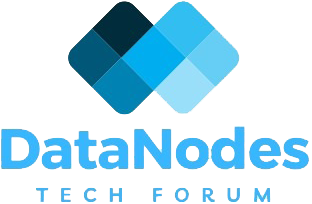
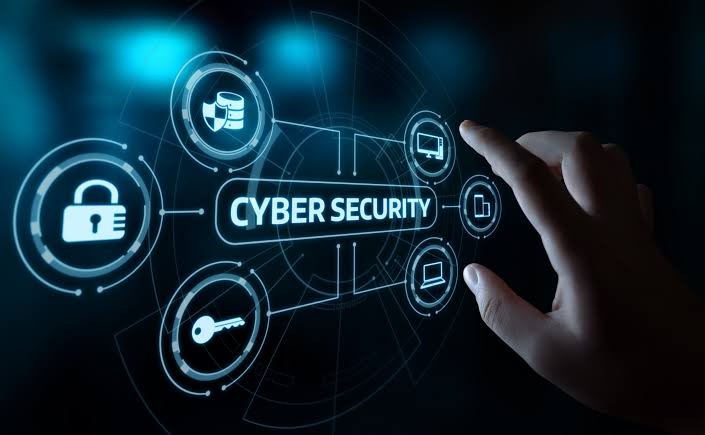
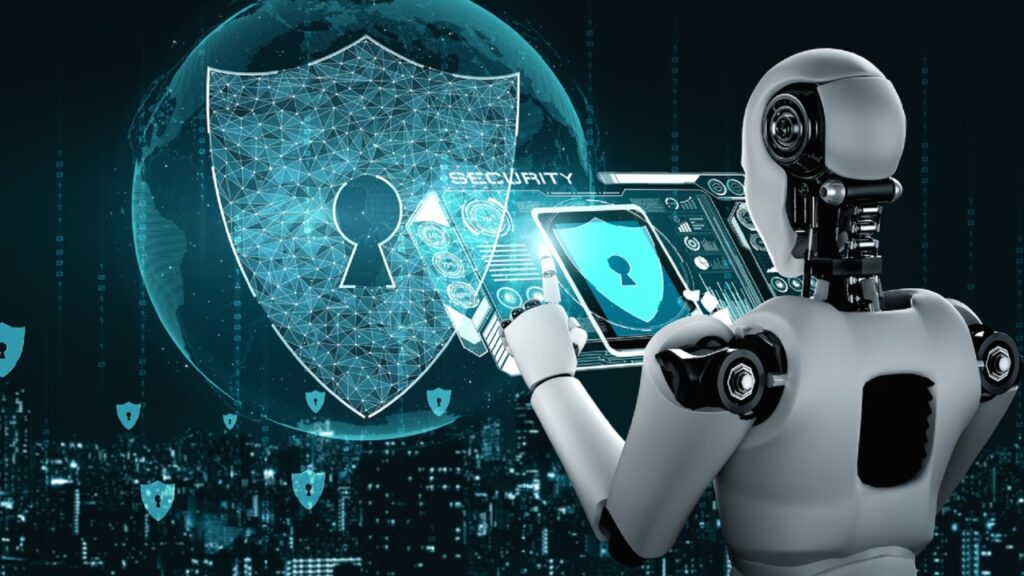


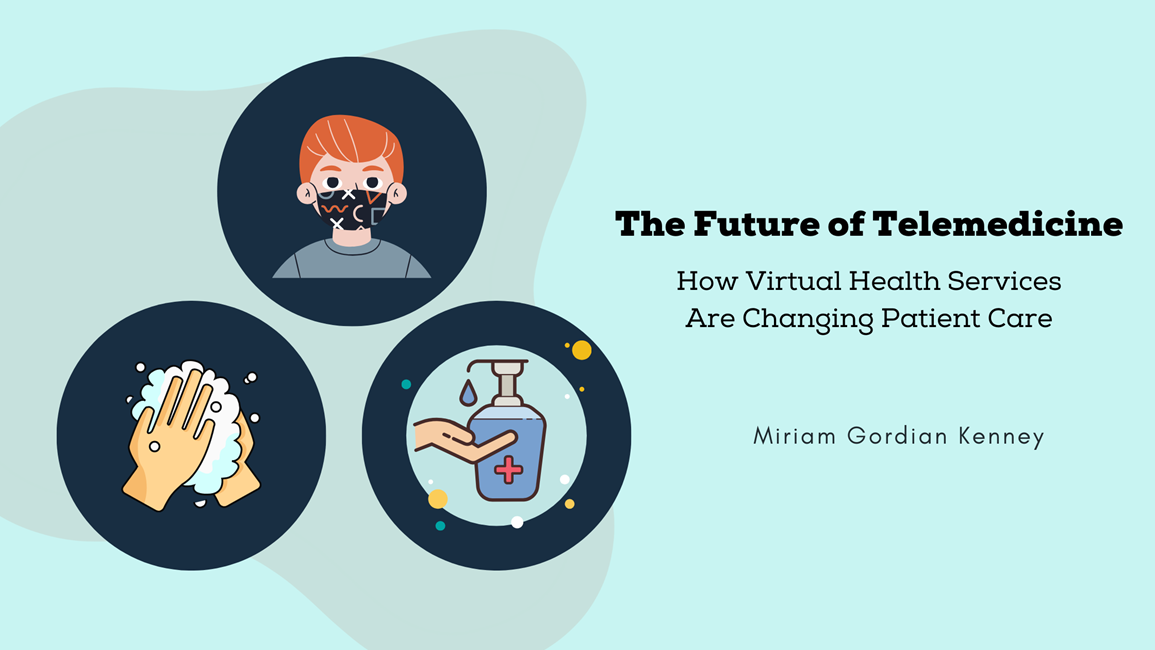
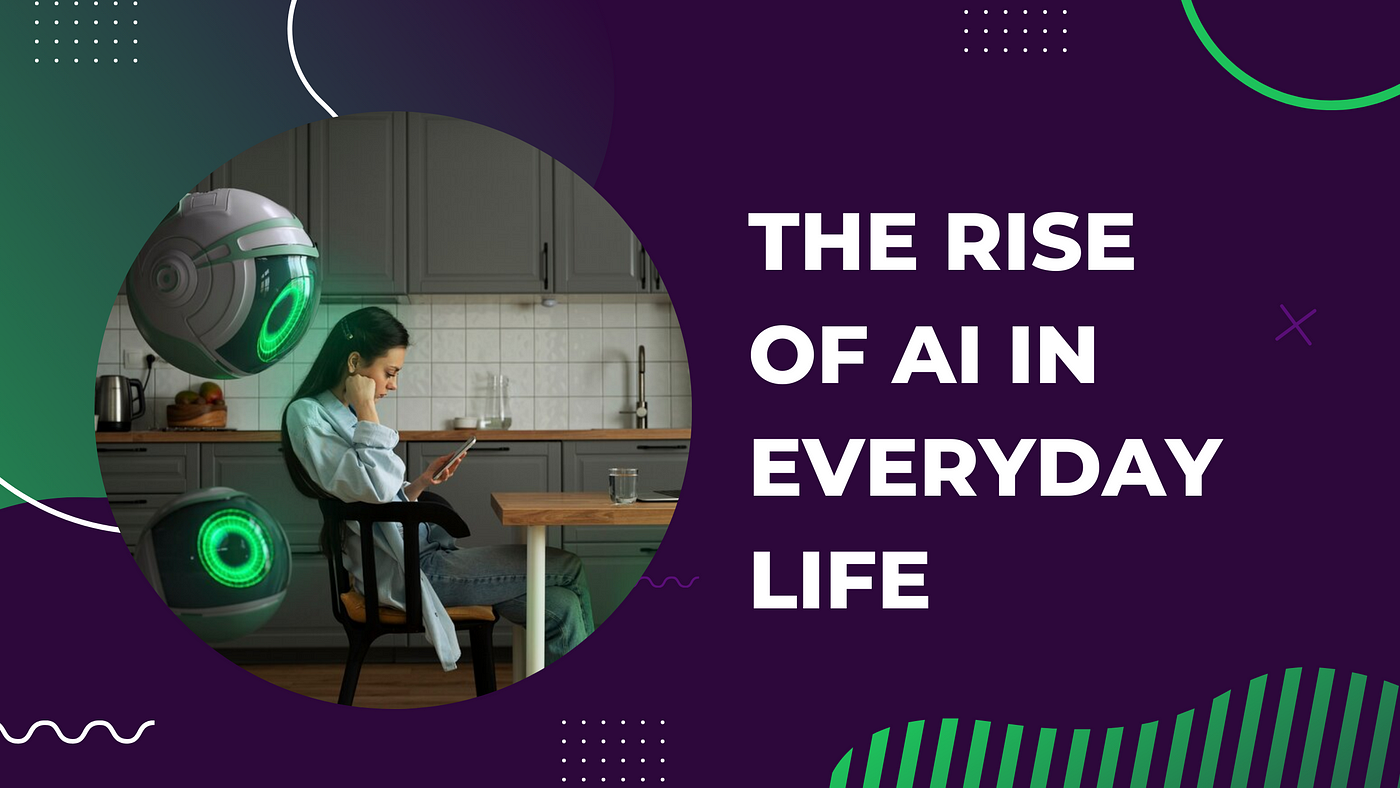

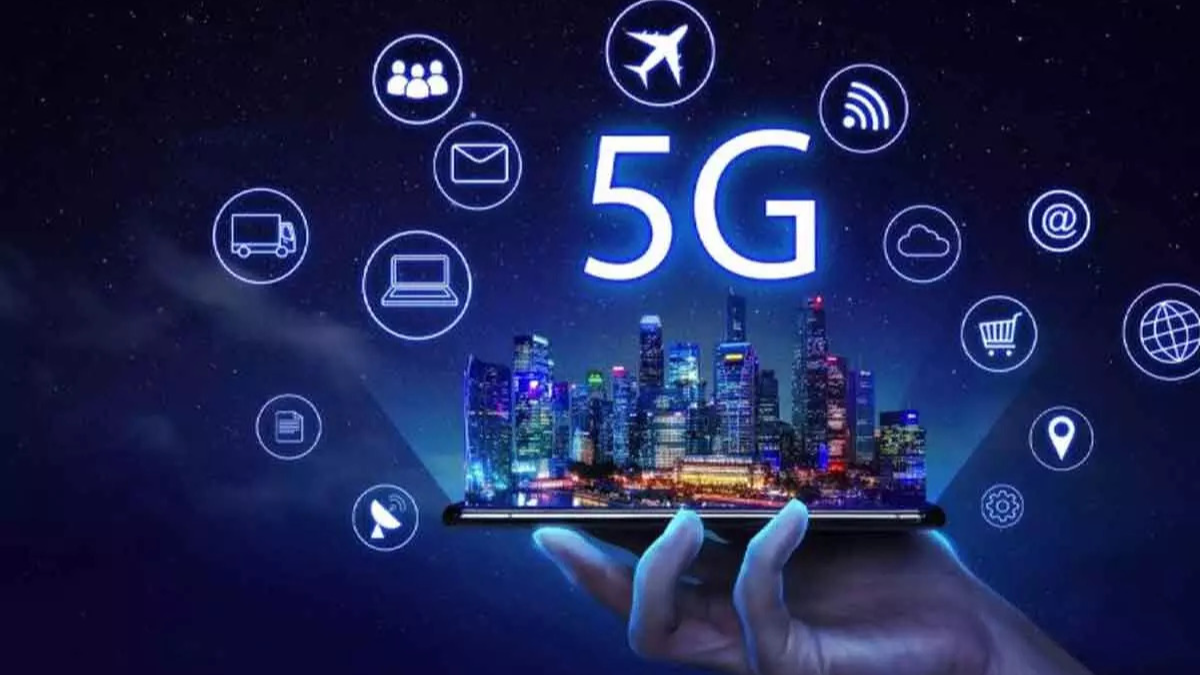
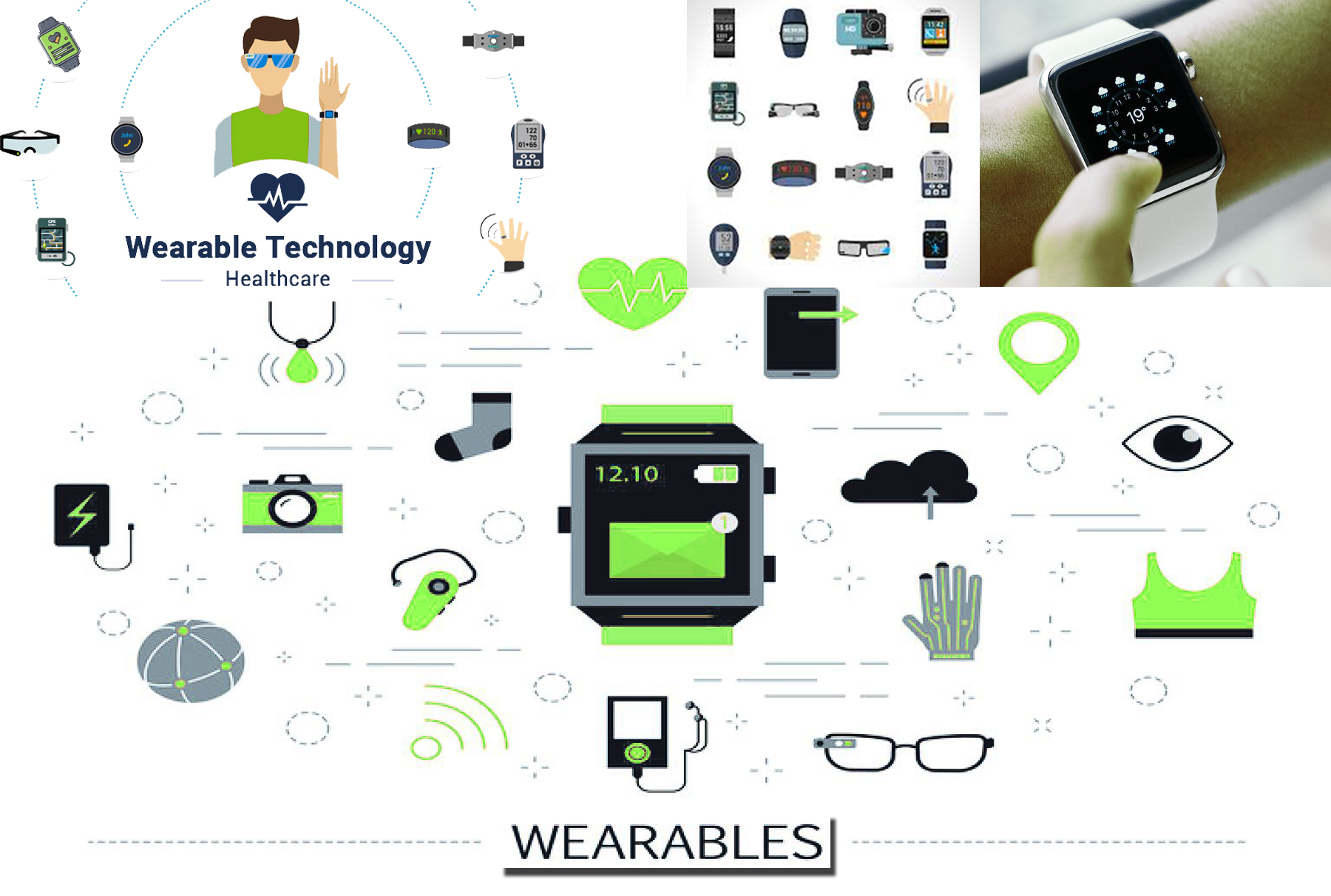
Leave a Reply